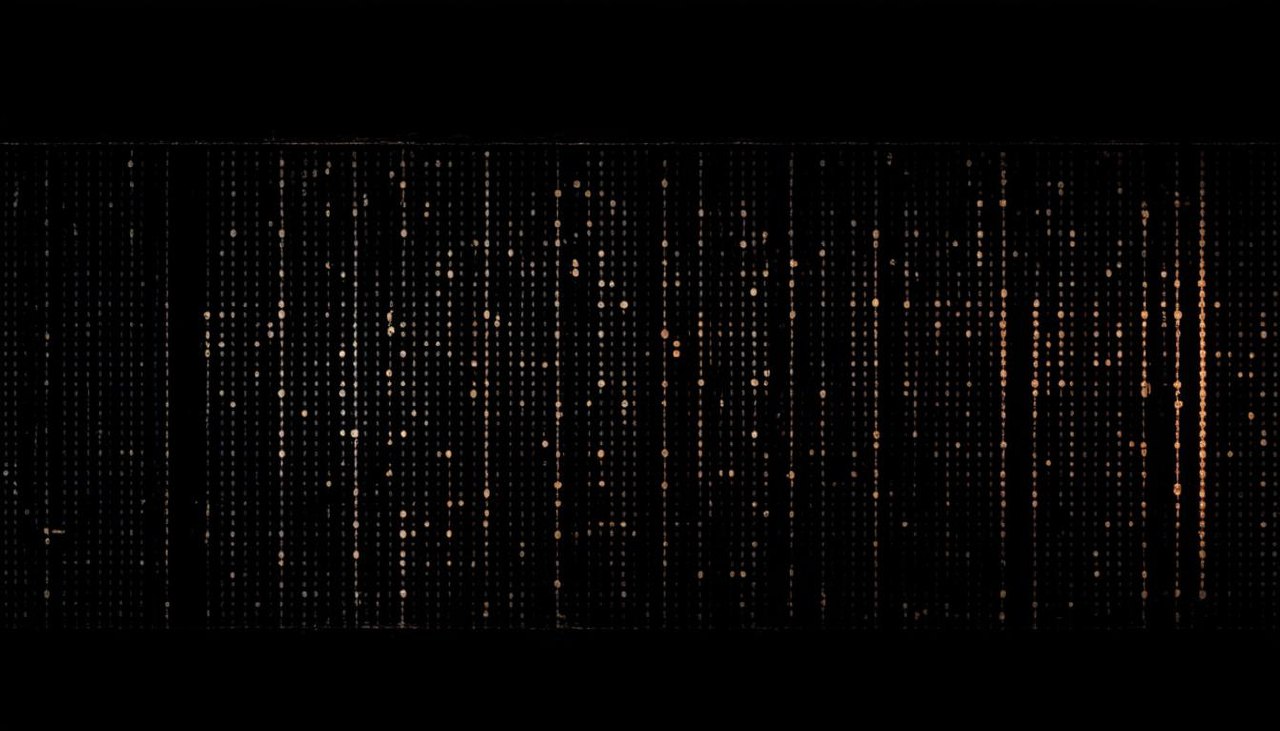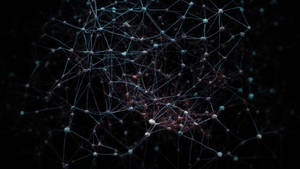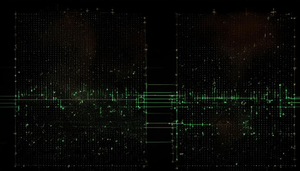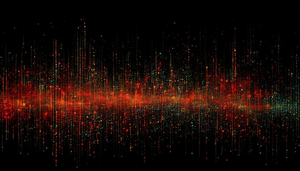Classification: Logistic Regression

Classification is a fundamental task in machine learning where the goal is to categorize data points into different classes or categories based on their features. Logistic regression is one of the most commonly used algorithms for binary classification tasks.
Basics of Logistic Regression:
Linear Model:
- Logistic regression is a linear model that predicts the probability of an instance belonging to a particular class.
Sigmoid Function:
- It uses a sigmoid (logistic) function to map the output of a linear equation to a range between 0 and 1, representing probabilities.
Decision Boundary:
- The decision boundary separates different classes in the feature space; typically, it's defined as where the sigmoid function outputs 0.5.
Loss Function:
- In logistic regression, we use the cross-entropy loss function to measure how well our model's predicted probabilities match the actual labels.
Training and Evaluation:
Training Process:
- During training, logistic regression iteratively adjusts its weights using optimization algorithms like gradient descent to minimize the loss function.
Prediction:
- Once trained, logistic regression can predict whether new instances belong to one class or another based on their feature values and learned parameters.
Evaluation Metrics:
- Common evaluation metrics for classification problems include accuracy, precision, recall, F1 score, and area under the ROC curve (AUC).
Applications:
Binary Classification:
- Logistic regression is often used for binary classification problems such as spam detection, credit scoring, and medical diagnosis.
Multi-Class Classification:
- While originally designed for binary classification, logistic regression can be extended for multi-class problems through techniques like one-vs-rest or softmax activation.
Interpretability:
- One advantage of logistic regression is its interpretability; we can easily understand how each feature influences the likelihood of an instance being in a particular class.
Best Practices:
Feature Engineering:
Try different combinations of features or transform them before feeding them into logistic regression models.Regularization:
Regularization techniques like Lasso or Ridge can prevent overfitting when dealing with high-dimensional datasets.Model Evaluation:
Validate your model using k-fold cross-validation before applying it to unseen data.
In conclusion Logistic regression serves as an essential tool in any machine learning practitioner's toolkit due to its simplicity, interpretability, speed, and effectiveness in various real-world applications related.
Sponsored
Sponsored
Sponsored
Explore More:

Model Evaluation and Selection
Topic model evaluation and selection are crucial steps in the process of building...

Feature Engineering
Feature engineering is the process of selecting, creating, and transforming features (inputs) in...

Natural Language Processing (NLP)
Natural Language Processing (NLP) is a subfield of artificial intelligence that focuses on...

Neural Networks and Deep Learning
Neural networks are a class of algorithms modeled after the human brain's neural...

Reinforcement Learning
Reinforcement learning is a branch of machine learning concerned with how intelligent agents...

Dimensionality Reduction: Autoencoders
Autoencoders are a type of artificial neural network used for learning efficient representations...

Dimensionality Reduction: Factor Analysis
Factor analysis is a powerful technique used in the field of machine learning...

Dimensionality Reduction: Independent Component Analysis (ICA)
Independent Component Analysis (ICA) is a dimensionality reduction technique commonly used in machine...

Dimensionality Reduction: t-Distributed Stochastic Neighbor Embedding (t-SNE)
Dimensionality reduction is a fundamental technique in machine learning and data visualization that...

Dimensionality Reduction: Principal Component Analysis (PCA)
Principal Component Analysis (PCA) is a popular dimensionality reduction technique used in machine...

Unsupervised Learning: Dimensionality Reduction
Unsupervised learning dimensionality reduction is a crucial concept in machine learning that deals...

Clustering: Gaussian Mixture Models
Clustering is a fundamental unsupervised learning technique used to identify inherent structures in...

Clustering: DBSCAN
DBSCAN (Density-Based Spatial Clustering of Applications with Noise) is a popular clustering algorithm...

Clustering: Hierarchical Clustering
Hierarchical clustering is a popular unsupervised machine learning technique used to group similar...

Clustering: K-Means
Clustering is an unsupervised machine learning technique that aims to partition a set...

Unsupervised Learning: Clustering
Unsupervised learning clustering is a fundamental concept in machine learning that involves identifying...